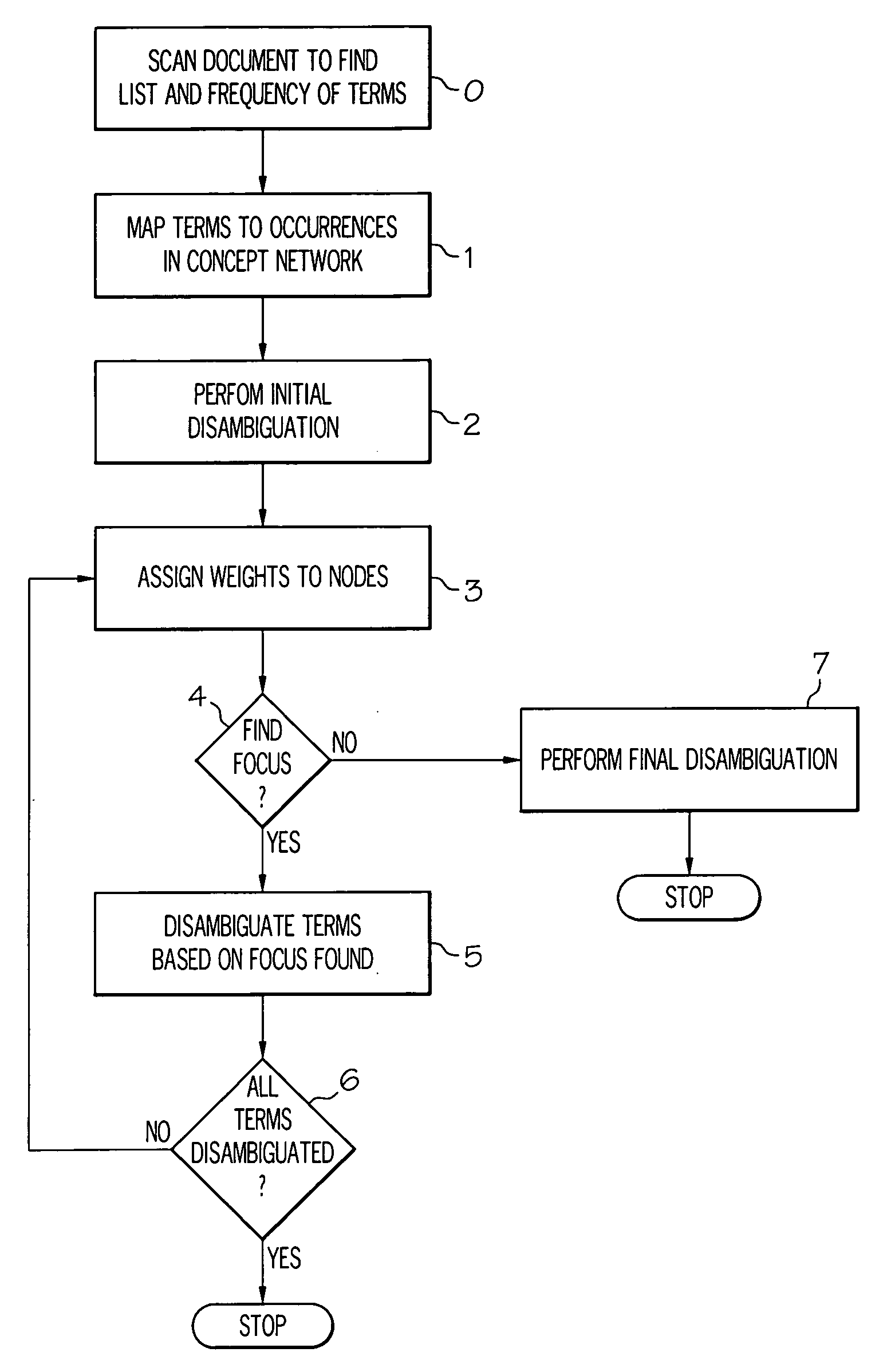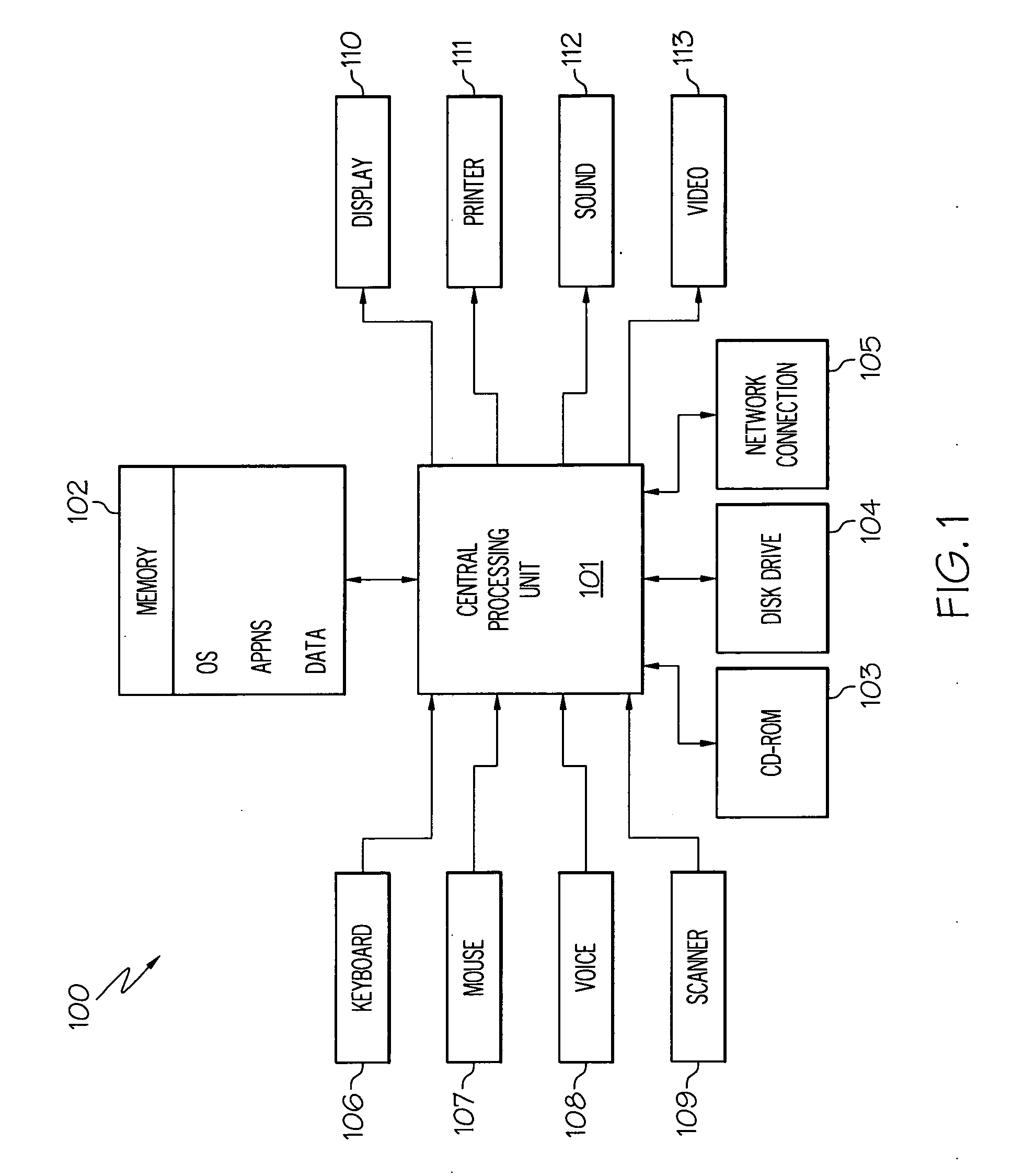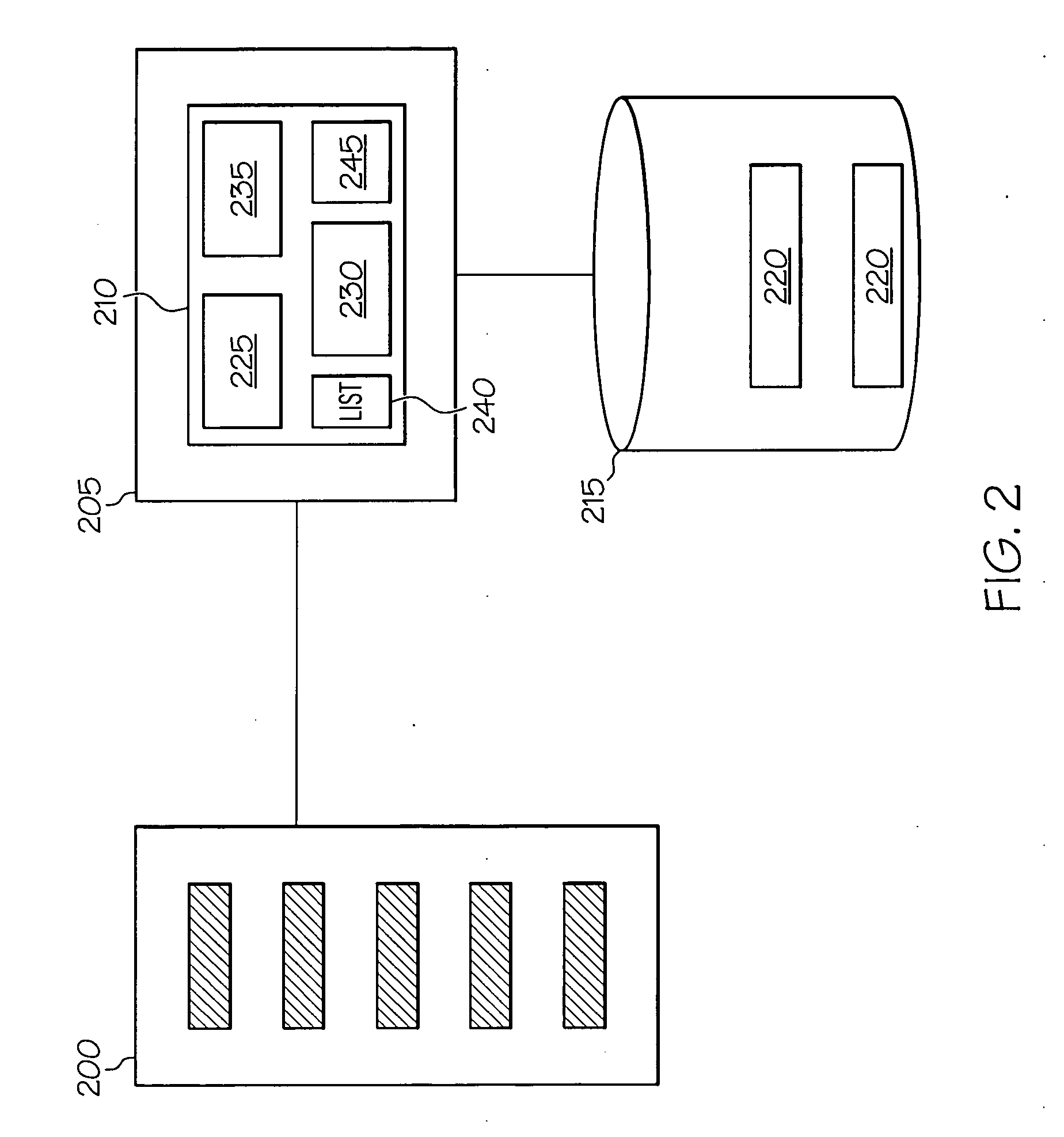Method and system for finding a focus of a document
a document focus and focus technology, applied in the field of natural language systems, can solve the problems of inability to calculate the central concepts of even a single document within a reasonable time, many words or expressions are ambiguous, and the time and processing complexity of such algorithms can be extremely high, so as to achieve low cost, low processing complexity, and high performance.
- Summary
- Abstract
- Description
- Claims
- Application Information
AI Technical Summary
Benefits of technology
Problems solved by technology
Method used
Image
Examples
modification 1
[0064]
[0065]The weights in Step 3.1 of the main algorithm may be divided between different referents of the same lexical expression, therefore changing formula to
wj=frequencyi×confidencei×1counti,
where counti is the number of remaining referents of the lexical expression Li.
modification 2
[0066]
[0067]The frequency in the Step 3.1 may be normalized, for example by the formula log(frequency+1). This would ensure that frequency values do not produce such a large influence on the initial weight of each node.
[0068]Modification 3.
[0069]The weights in Step 3.1 may use normalized importance (giving more weight to more important nodes), by changing the formula to
wj=frequencyi×confidencei×importancej∑RkLiimportancek.
If all importance values are equal (or if importance information is not available), this modification does not affect the algorithm.
modification 4
[0070]
[0071]The weights in Step 3.2.5 may use normalized importance, therefore changing formula to
w=wprev×m(tprev,t)×importancej∑k∈Out(prev)importancek,
where Out(prev) is a set of nodes linked by outgoing arcs from the previous node.
[0072]Modification 5.
[0073]Modification 5 may process links of different types separately, therefore changing the formula to
w=wprev×m(tprev,t)×importancej∑k∈Out(prev,tprev)importancek,
where Out(prev,tprev) is a set of nodes linked by outgoing arcs from the previous node using tprev link type.
[0074]Modifications 1 and 3 cannot be applied together. Modification 3 is normally applied in conjunction with modification 4. Modification 5 overwrites modification 4 and is also normally applied with modification 3.
[0075]The algorithm has been implemented and preliminary tests carried out using a geographical ontology and WordNet. A test of ability to disambiguate geographical terms using the geographical ontology provided by World Gazetteer was carried out. This t...
PUM
 Login to View More
Login to View More Abstract
Description
Claims
Application Information
 Login to View More
Login to View More - R&D
- Intellectual Property
- Life Sciences
- Materials
- Tech Scout
- Unparalleled Data Quality
- Higher Quality Content
- 60% Fewer Hallucinations
Browse by: Latest US Patents, China's latest patents, Technical Efficacy Thesaurus, Application Domain, Technology Topic, Popular Technical Reports.
© 2025 PatSnap. All rights reserved.Legal|Privacy policy|Modern Slavery Act Transparency Statement|Sitemap|About US| Contact US: help@patsnap.com



